How to Create Your Own Kids Clothing Brand in 2025: A Step-by-Step Guide for Aspiring Entrepreneurs
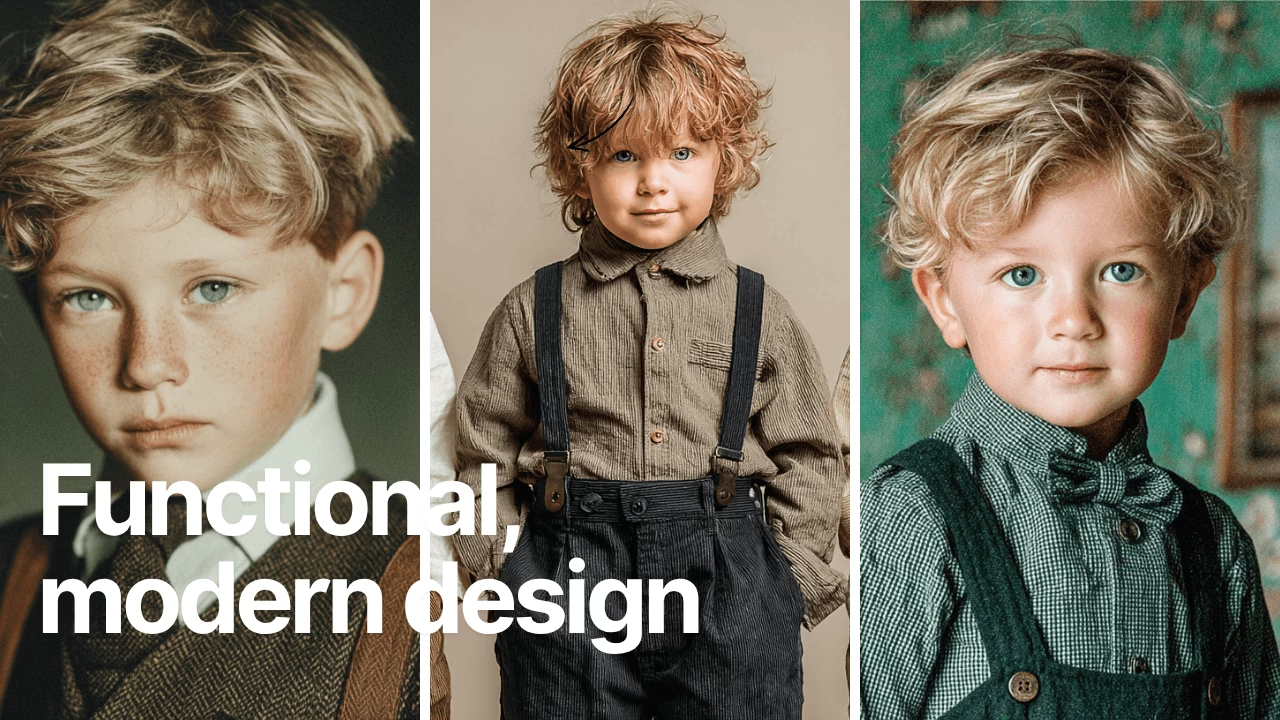
1. Research the Kidswear Market and Define Your Niche
Before diving headfirst into fabric swatches and sketches, you need to get your business basics in order. The first step? Understand your market. The kidswear industry is thriving—but that doesn’t mean it’s easy to break into. To stand out, you need to find your unique space within it.
Analyze Market Trends and Growing Segments
The kidswear market is expected to surpass $300 billion globally by 2025. That’s a huge pie, but you’ve got to figure out where your slice will come from. Right now, segments like eco-friendly fashion, gender-neutral clothing, adaptive wear for children with special needs, and custom/boutique toddler outfits are booming.
Parents are no longer just looking for “cute” clothes. They’re looking for function, comfort, safety, and values they can stand behind. Subscription boxes, limited capsule collections, and sustainable fashion are gaining popularity. Look at what’s trending on platforms like Pinterest, TikTok, and Etsy. Observe how brands like Mini Rodini, Little Sleepies, or Primary are positioning themselves.
Use tools like Google Trends, Statista, or industry reports to track what’s gaining momentum. This will help you make informed decisions about what styles, themes, or functional features parents are currently obsessed with.
Explore Popular Niches: Eco-Friendly, Luxury, Adaptive, etc.
Niching down is key. You can’t sell to every parent on Earth—but you can dominate a niche. Here are some promising ones:
| Style | Description | Key Attributes |
|---|---|---|
| Eco‑Friendly Kidswear | Clothes made from organic cotton, plant‑based dyes & plastic‑free packaging. |
• GOTS certified • Water‑based or plant dyes • Biodegradable packaging |
| Luxury Mini Fashion | Designer‑style, high‑end pieces for affluent parents. |
• Premium materials • Designer labels • Elevated aesthetics, formal cuts |
| Adaptive Clothing | Easy‑dress garments designed for children with disabilities. |
• Flat seams, tag‑free • Side/back openings • Sensory‑friendly fabrics |
| Budget‑Friendly Basics | Simple, affordable everyday clothing for broad use. |
• Low cost • Mix‑and‑match items • Accessible brands |
| Cultural/Heritage Fashion | Traditional garments or prints with a modern twist. |
• Ethnic patterns & embroidery • Blend of traditional & modern silhouettes • Heritage storytelling |
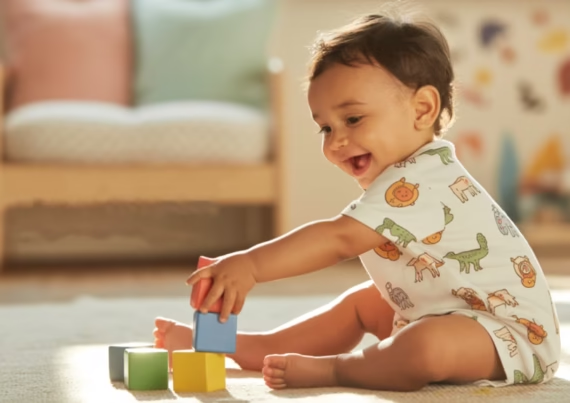
With 17 years of experience, petelulu provides a full range of
manufacturing services from design to delivery.
Start from scratch , Create your own brand.
17+
serving top 10 American brands
15+
serving top 10 Australian brands
12+
serving top 10 European brands
Contact us to get the quote.👇
Ask yourself: What makes my brand different? Maybe you’re passionate about diversity, or maybe you want to create clothes for premature babies. It needs to be personal, relatable, and specific.
Identify Gaps in the Market and Customer Pain Points
Now, let’s go Sherlock Holmes mode. What’s missing from current offerings? Read customer reviews of existing kidswear brands. Visit Reddit threads or Facebook parenting groups. Look for complaints like:
-
“Why don’t these clothes survive more than two washes?”
-
“Wish this brand had more inclusive sizing.”
-
“These tags are so itchy, my toddler refuses to wear them.”
🧵 Durability
• Complaints about clothes not surviving more than two washes.
• Parents suggest premium brands last longer and can be reused.
• Reddit users discuss poor stitching and fading colors.
📏 Sizing & Inclusivity
• Sizing is inconsistent across brands (especially mid-range).
• Lack of inclusive sizing for children with non-average body types.
• Parents request clearer and more adaptive size charts.
👕 Tag & Fabric Comfort
• Toddlers complain about itchy tags and rough fabrics.
• Some children refuse to wear new clothes entirely.
• Suggestions include tagless labels and organic cotton options.
🎨 Design & Style Concerns
• Parents dislike excessive glitter, tacky slogans, and gender stereotypes.
• Requests for more unisex, minimalist, and practical designs.
• Criticism of phrases like “Daddy’s Princess” or “Tough Guy.”
These are opportunities—your golden ticket to stand out. Fix what others overlook, and you’ve instantly built trust.
Also, conduct surveys or polls in parenting communities or mom blogs to identify what people really want from children’s clothing.
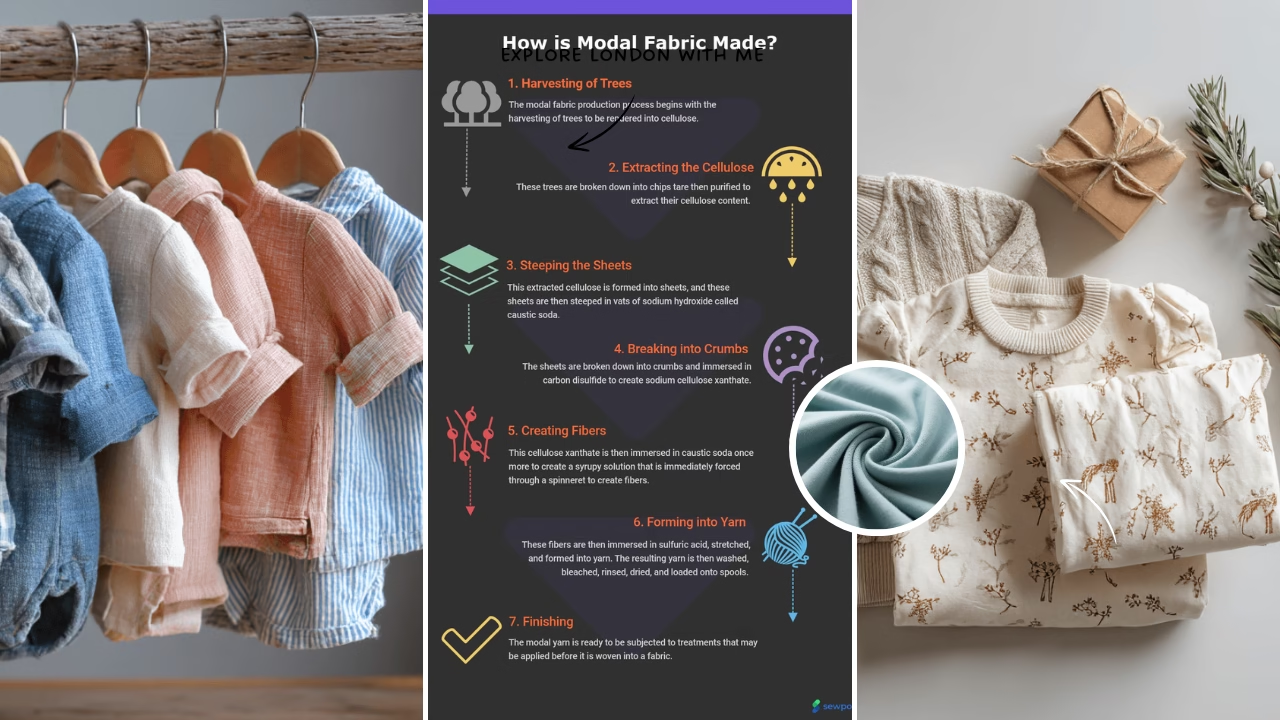
Define Your Unique Selling Proposition (USP)
Once you’ve identified trends and gaps, wrap it all up into a solid USP—your unique selling proposition. Think of this as your elevator pitch: “We make gender-neutral, sensory-friendly toddler clothing with a sprinkle of street style.”
Your USP should be:
-
Clear
-
Focused
-
Solving a specific problem
Use this as your North Star for everything—from product development to branding to marketing copy. Own it.
🎯 What is a USP?
- A short and clear statement of your brand’s core value.
- It differentiates your offer from competitors.
- Helps customers instantly understand what makes you unique.
🔍 Why You Need a USP
- Clarifies your value proposition for your audience.
- Guides your product development, branding, and marketing.
- Helps you stand out in a crowded market.
🛠️ Key Characteristics of a Good USP
- Clear: Easy to understand at a glance.
- Focused: Solves one specific customer problem.
- Unique: Sets you apart from others.
- Memorable: Sticks in your audience’s mind.
- Defensible: Hard for competitors to replicate.
🧭 Steps to Craft Your USP
- Analyze your competitors and market trends.
- Identify gaps and unmet customer needs.
- Clarify what makes your offer different or better.
- Write a concise USP sentence.
- Test it with real users and refine if needed.
📌 Famous USP Examples
- FedEx: “When it absolutely, positively has to be there overnight.”
- M&M’s: “Melts in your mouth, not in your hands.”
- Domino’s: “Hot pizza in 30 minutes or it’s free.”
- Canva: “Empowering the world to design.”
- TOMS: “⅓ of profits for grassroots good.”
💡 How to Use Your USP
- Use it as your brand’s guiding message.
- Include it in your website, ads, and packaging.
- Base product decisions and features around it.
- Stay consistent in communicating it everywhere.
🎤 Sample USP Statement
- Clear: Tells what they sell and for whom.
- Focused: Targets inclusivity and comfort for toddlers.
- Stylish: Stands out from traditional baby clothing.

With 17 years of experience, petelulu provides a full range of
manufacturing services from design to delivery.
Start from scratch , Create your own brand.
17+
serving top 10 American brands
15+
serving top 10 Australian brands
12+
serving top 10 European brands
Contact us to get the quote.👇
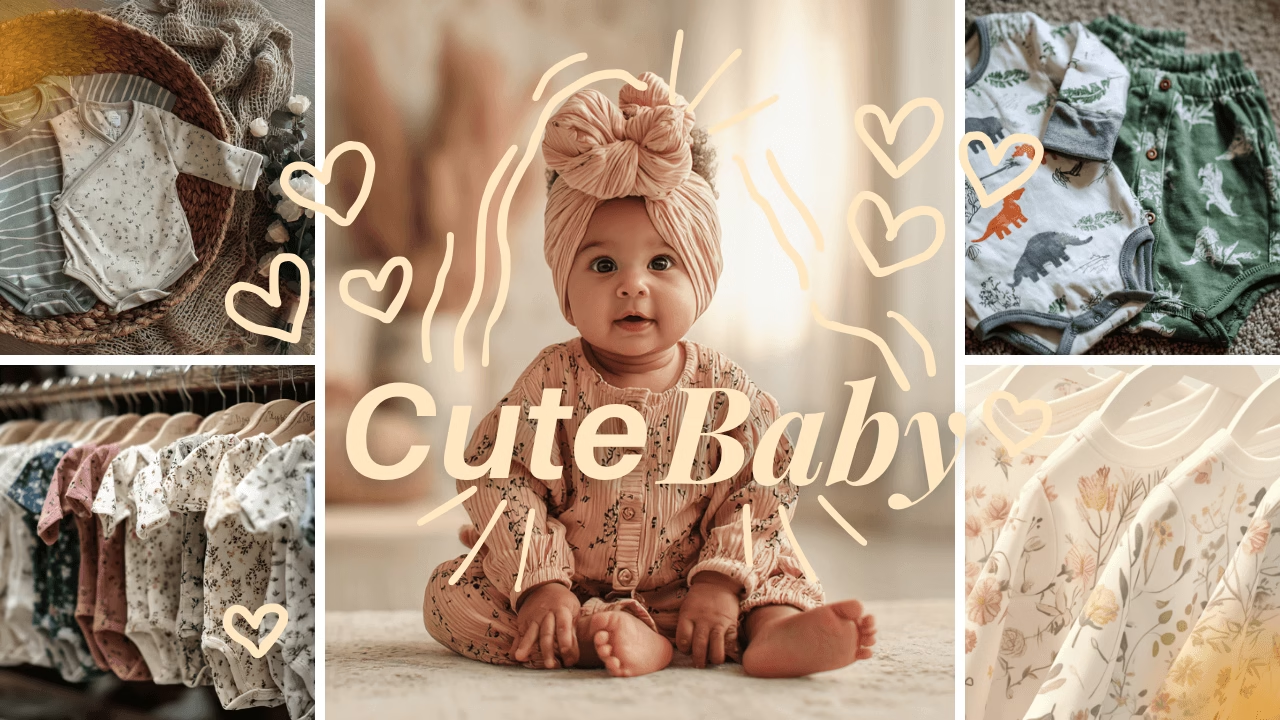
2. Build a Business Plan for Your Kids Clothing Brand
Once your niche is locked, it’s time to turn the vision into a real business strategy. A business plan is more than just a formality—it’s your roadmap to success, your checklist, and your reality check all rolled into one.
Define Vision, Mission, and Target Demographic
Start by crafting a vision statement—what’s the big-picture goal? Maybe it’s to redefine kidswear sustainability or celebrate cultural diversity in toddler fashion. Then, your mission statement should explain how you’ll do it.
Next, laser-focus on your target customer. Are they first-time millennial moms? Dads who love online shopping? Parents of children with sensory sensitivities?
Create customer personas:
-
“Eco-Mama Emma”: 34, loves farmers markets, shops sustainably, lives in Portland.
-
“Stylish Sam”: 28, fashion-forward dad, loves matching outfits with his toddler.
These personas help you shape branding, pricing, and marketing tone.
Estimate Costs: Startup, Production, and Pricing Strategy
Let’s talk money. Here’s a breakdown of potential startup costs:
| Item | Estimated Cost |
|---|---|
| Product Design (Tech Packs) | $300–$1,500 |
| Sample Production | $200–$5,000 |
| Bulk Manufacturing | $3,000–$15,000+ |
| Branding and Logo Design | $300–$1,000 |
| Website and E‑commerce Setup | $500–$5,000 |
| Marketing Budget (initial) | $1,000–$5,000 |
| Legal Fees / Business License | $500–$1,000 |
Also, decide how you’ll price your items. Use the keystone pricing model (double your production cost) or value-based pricing if you’re a luxury brand.
Marketing and Distribution Channels
Where will you sell? Online-only? Through Instagram? Etsy? A physical boutique? Define it early. Distribution channels might include:
-
Your own website (Shopify, WooCommerce)
-
Marketplaces (Etsy, Amazon Handmade)
-
Wholesale to boutiques
-
Pop-up events or markets
Map out where your audience shops—and meet them there.
Choose the Right Business Structure
Decide how you’ll legally set up your business. Common options:
-
Sole Proprietorship (simple, less paperwork, more personal risk)
-
LLC (Limited Liability Company – safer, slightly more formal)
-
S-Corp (for larger, growing businesses with multiple partners)
Talk to an accountant or legal advisor to choose the best fit.
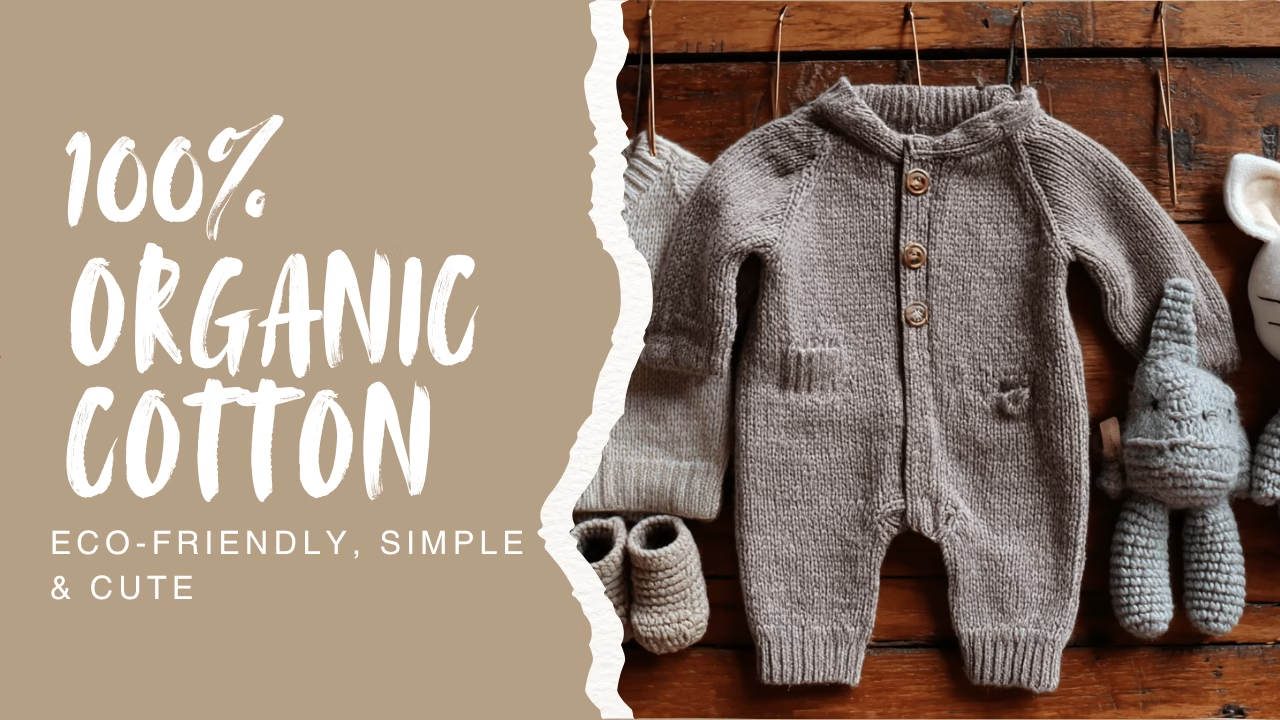
3. Design Your Collection
You’ve got the plan. Now it’s time to bring your creative genius to life! Designing a kidswear collection is about more than cute prints and tiny pants. It requires understanding child-safe materials, comfort, movement, and of course—style that parents want to buy.
Learn the Basics of Kidswear Design
Children’s fashion isn’t just adult fashion, shrunken down. You need to account for:
-
Safety (no sharp buttons or drawstrings)
-
Fit and Growth (adjustable waistbands, stretchy cuffs)
-
Ease of Use (zip-up vs. snap closures)
Also learn about size grading—how to scale your design from 0–3 months to 5T and beyond. Study baby/toddler size charts and compliance regulations in your target market (e.g., CPSC in the USA).
Choose Fabrics Ideal for Children
Not all fabrics are created equal. Kids have sensitive skin, so prioritize these:
-
Organic Cotton (soft, hypoallergenic, sustainable)
-
Bamboo Rayon (lightweight, breathable)
-
Cotton Spandex Blends (stretchy and comfy)
Avoid synthetic, scratchy, or flammable materials. Your manufacturer should comply with OEKO-TEX or GOTS certifications.
4. Source Materials and Find Ethical Manufacturers
Once your sketches and designs are ready, it’s time to make them real. That starts with sourcing the right materials and choosing a manufacturing partner that aligns with your values and standards. If you want your brand to grow and last, quality and ethics need to be non-negotiable.
Source Sustainable, Child-Friendly Fabrics
When selecting fabrics, think like a parent. Would you want your child in scratchy, stiff, or toxic materials? Of course not. So why would your customers? Your materials must be:
-
Soft and breathable
-
Hypoallergenic
-
Easy to wash
-
Durable for crawling, climbing, and tantrums
Look for organic cotton, bamboo, or hemp blends certified by standards like:
-
GOTS (Global Organic Textile Standard)
-
OEKO-TEX
-
Fair Trade Certification
Reach out to wholesalers or fabric mills directly. Try sourcing platforms like Fabric.com, SwatchOn, Thrive Fabrics, or Offset Warehouse. Don’t forget to request fabric swatches and test them yourself (wash them, stretch them, even stain them).
Also consider your values—if sustainability is part of your USP, your materials need to walk the walk.

With 17 years of experience, petelulu provides a full range of
manufacturing services from design to delivery.
Start from scratch , Create your own brand.
17+
serving top 10 American brands
15+
serving top 10 Australian brands
12+
serving top 10 European brands
Contact us to get the quote.👇
Order Samples and Perform Quality Control
Never go into production without seeing a physical sample. It’s like marrying someone after a single text message—don’t do it!
Request samples of both fabric and finished product. When it arrives:
-
Wash it multiple times
-
Test stretch and durability
-
Look for neat stitching, secure closures, fabric softness
Also, give the samples to friends or family with kids to get real-life feedback. Document everything. If quality control fails even once, it’s time to move on.
Remember, your brand’s reputation will ride on this. A cute Instagram photo won’t save you from scratchy fabric or falling-off buttons.
5. Develop a Memorable Brand Identity
Now let’s bring your vision to life visually. In the noisy world of kidswear, your brand identity is what makes people stop scrolling, click, and remember. Think of it as your business’s personality—how it looks, feels, and speaks to your ideal customer.
Choose a Name, Logo, and Tagline
Picking a name can be exciting—and agonizing. You want it to be:
| Criteria | Examples | Tips |
|---|---|---|
| Memorable | Olivia, Liam, Mia | Choose names with strong phonetic appeal and cultural resonance. |
| Easy to Spell | Grace, Leo, Ava | Avoid complex spellings; opt for names with straightforward pronunciation. |
| Available Domains | FirstName.com, FirstNameLastName.com | Use tools like Namechk to check domain and social handle availability. |
| Appealing to Parents & Kids | Emma, Jack, Lily | Consider names that are timeless and have positive associations. |
7. Launch, Fulfill Orders, and Gather Feedback
It’s launch day—cue the confetti and chaos! This is your moment to shine, and if you’ve followed the previous steps, you’ll be ready. A great launch isn’t just about opening your store—it’s about creating a mini-event that gets people talking and buying.
Plan a Launch Strategy
Think of your launch like a concert. You need a pre-show, a big opening act, and a strong encore.
-
Soft Launch: Test your store with a few family/friends or email subscribers. Catch bugs before they hit the public.
-
Launch Day: Post your product drop everywhere—email, Instagram, TikTok, Pinterest, blogs.
-
Post-Launch Push: Follow up with testimonials, reviews, restocks, or new drops.
Tactics to try:
-
Instagram Live Q&A with the founder (you!)
-
Giveaways to drive shares and tags
-
Free shipping for the first 100 customers
-
Bundle discounts for multiple purchases
Keep momentum going for 1–2 weeks with new content, shoutouts, and features.
Conclusion
Launching your own kids clothing brand in 2025 isn’t just about cute outfits—it’s about crafting a business that reflects your creativity, purpose, and passion. You’ve just walked through every step: from finding your niche and designing your collection to sourcing ethically and making your first sale.
Yes, it’s a big leap. But remember—every major brand once started with just a sketch and a dream.
So go ahead. Build that brand. Launch that store. Tell the world why your kidswear matters. Because the world is waiting—and so are the tiny trendsetters you’ll dress with love.
FAQs
Q1: How much money do I need to start a kids clothing brand?
A small-batch clothing line can start around $5,000–$15,000, depending on your design complexity, production quantity, and marketing efforts. Using print-on-demand or pre-orders can reduce startup costs significantly.
Q2: Do I need a fashion background to start?
Not at all. Many successful kidswear founders come from non-fashion backgrounds. As long as you’re passionate, willing to learn, and can collaborate with experts like patternmakers or designers, you’ll do great.
Q3: How can I make sure my designs are safe for kids?
Use child-safe fabrics and avoid small parts like buttons or beads that can be choking hazards. Follow guidelines from organizations like CPSC in the U.S. or EN 14682 in Europe.
Q4: What are common mistakes to avoid when launching?
Some big mistakes include skipping market research, choosing poor-quality fabrics, ignoring customer feedback, or launching without building an audience first. Avoid rushing—take the time to validate your ideas.
Q5: How long does it take to go from idea to launch?
Typically, it takes about 4 to 8 months to go from concept to launch, depending on your production method and how fast you move. Sampling and manufacturing are the most time-consuming steps.
About the author
Xhiney, founder of Petelulu, brings over 20 years of experience in children’s wear design, production, and international trade. A contributor to Children’s Wear and Junior magazines, Xhiney has spent 17 years working with high-end children’s wear brands in Europe and the U.S., offering expert insights and support.
